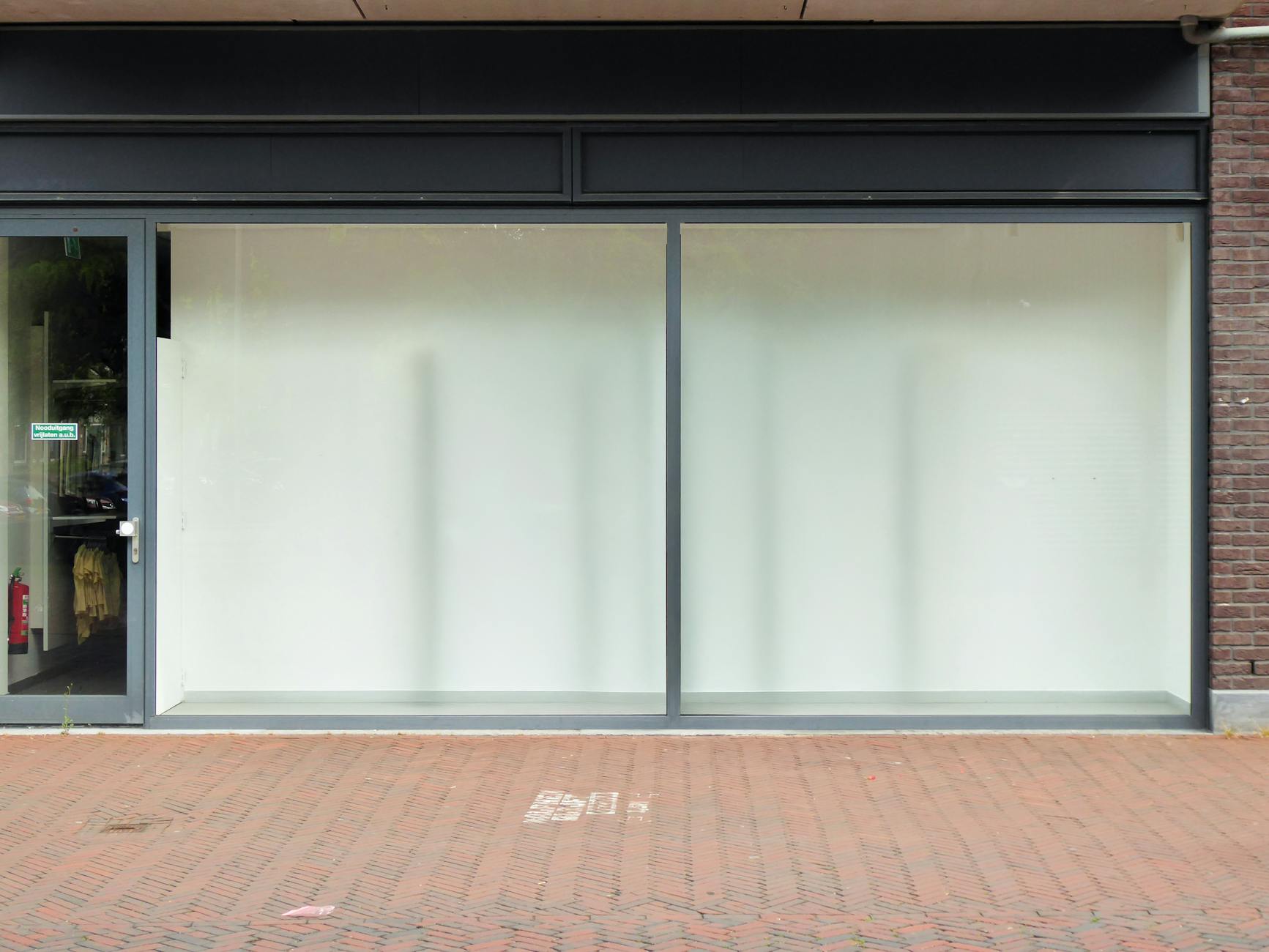How to Navigate Commercial Real Estate Listings for Retail Spaces
Navigating commercial real estate listings for retail spaces can be a complex and time-consuming process, especially for business owners who are unfamiliar with the industry’s terminology and criteria. Finding the ideal retail space that aligns with your brand, budget, and location preferences requires more than just browsing listings—it demands a strategic approach to evaluate options carefully. This article will guide you through the essential steps to effectively analyze commercial real estate listings, understand the critical factors influencing your choice, and make informed decisions that contribute to your retail business’s success. Whether you’re a first-time renter or looking to expand your retail footprint, these insights will help you streamline your search and avoid common pitfalls.
Understanding your retail space requirements
Before diving into listings, it’s crucial to establish clear parameters for your ideal retail space. Start by assessing your business needs:
- Size and layout: Determine the square footage that suits your inventory, customer flow, and storage requirements.
- Location: Identify areas with high foot traffic or proximity to your target market.
- Budget: Consider rental costs, including base rent, common area maintenance (CAM) fees, utilities, and taxes.
- Lease terms: Decide on lease length, renewal options, and flexibility based on your business plan.
Having these criteria clearly outlined will enable targeted searches and save time during negotiations.
Interpreting commercial real estate listings effectively
Commercial listings often contain jargon and abbreviations that can be confusing. Key elements to focus on include:
- Gross Lease vs. Net Lease: Understand whether the rent includes taxes and maintenance expenses or if you’ll be responsible for those separately.
- Zoning information: Check if the space is zoned for retail use to avoid compliance issues.
- Accessibility and visibility: Listings may mention frontage, parking availability, and proximity to transit—important for attracting customers.
- Condition and build-out: Note if the space is ready for immediate occupancy or requires modifications.
When in doubt, ask the listing agent to clarify any unclear terms.
Using digital tools and brokers to refine your search
Technology has enhanced how buyers and renters navigate commercial listings. Utilize specialized platforms that allow filtering by parameters such as price range, square footage, and location. Features like virtual tours and high-quality photos can give a better initial impression of the space.
Additionally, partnering with a commercial real estate broker can provide invaluable market insights and negotiation support. Brokers often have access to exclusive listings and can help interpret market trends, lease conditions, and hidden costs you might overlook.
Comparing and evaluating potential retail spaces
Once you’ve shortlisted several properties, create a comparison chart to evaluate them objectively. Consider factors such as:
| Factor | Property A | Property B | Property C |
|---|---|---|---|
| Size (sq ft) | 1,200 | 1,500 | 1,100 |
| Monthly rent | $3,000 | $3,600 | $2,700 |
| Lease terms | 5 years | 3 years | 7 years |
| Zoning | Retail | Retail | Mixed-use |
| Accessibility | High foot traffic | Ample parking | Near public transit |
This structured approach helps visualize trade-offs and supports a decision aligned with your priorities.
Preparing for lease negotiation and final steps
After selecting your preferred retail space, focus on negotiation to secure favorable lease terms. Key points to address include:
- Clarifying rent escalations and additional fees
- Requesting tenant improvement allowances if renovations are needed
- Confirming options for lease renewal or early termination
- Evaluating exclusivity clauses or restrictions on competitor businesses
Engaging a legal expert to review lease documents is highly recommended to avoid costly surprises and protect your interests before signing.
In summary, navigating commercial real estate listings for retail spaces requires a systematic approach, from defining your needs to conducting thorough evaluations and finalizing lease agreements. Understanding the terminology and leveraging digital tools or brokers can significantly ease the search process. Employing comparison frameworks ensures you assess options objectively, while careful negotiation secures terms that support long-term business success. By following these strategies, you position your retail business for a smooth transition into the right commercial space that fosters growth and customer engagement.
Image by: Timothy Huliselan
https://www.pexels.com/@timothy-huliselan-205951426
editor's pick
latest video
news via inbox
Nulla turp dis cursus. Integer liberos euismod pretium faucibua


